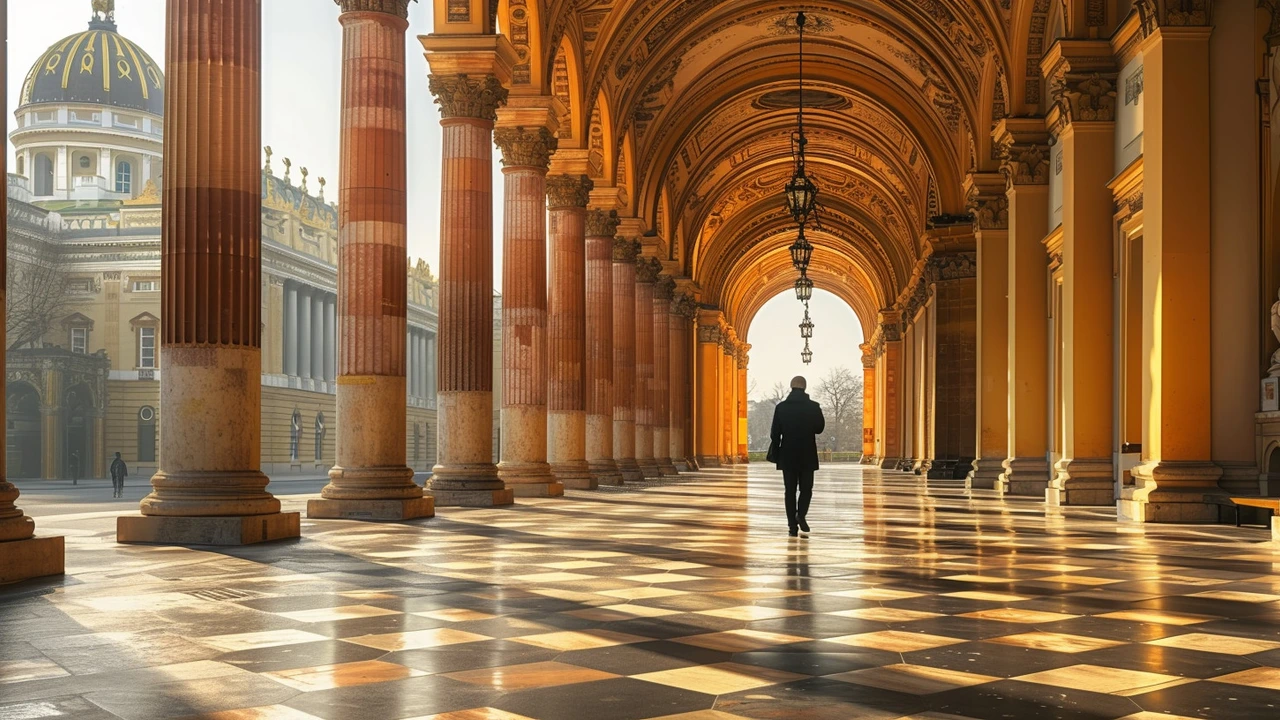Classicism in Sculpture — what it looks like and how it’s made
Classical sculpture looks calm, balanced, and perfect — but that calm comes from hard rules and skilled hands. If a statue looks measured, idealized, and organized around harmony, you’re probably seeing classicism at work. This style goes back to ancient Greece and Rome and resurfaces in neat waves through history, like during Neoclassicism.
What to look for
Classicism favors ideal proportions over messy realism. Faces are composed, bodies follow set ratios, and poses often use contrapposto — a relaxed stance where weight sits on one leg. Subjects are frequently myth, history, or heroes rather than everyday life. Carving marks are refined or removed, so surfaces read smooth and finished. Materials matter: marble and bronze dominate, and you’ll often see polished marble or a warm bronze patina.
Compare this to Baroque drama or Expressionist rawness: classicism keeps emotion controlled and line clear. If a piece feels theatrical, wildly textured, or intentionally rough, it’s probably not classical.
How classic sculptures were made — and how to try it yourself
For stone: sculptors start with a block and use point chisels, tooth chisels, rasps, and abrasive sand to refine forms. The pointing machine or calipers help transfer exact measurements from a model. For bronze: artists model in clay, create a plaster or rubber mold, then cast via the lost-wax method. Small maquettes help plan big works and save time.
If you want to create in a classical style, begin with anatomy studies and plaster casts of classical heads. Build small clay maquettes to lock in composition, then move to a full-size armature. Measure often. Focus on clear planes, balanced proportions, and smooth transitions between muscles and bone. Practice polishing for stone and chasing (surface finishing) for bronze.
Collectors and caretakers: check provenance and condition first. For marble, watch for hairline cracks and old repairs. Clean with soft brushes and pH-neutral water; avoid acids or harsh cleaners. Bronze benefits from a thin wax layer to protect the patina and should be dusted gently. Always get a conservator’s advice before attempting major cleaning.
Key names to know: ancient masters like Phidias and Praxiteles set the rules; Renaissance and later figures such as Donatello and Canova revived and refined them. Seeing those examples helps train your eye quickly.
Classicism isn’t about copying the past blindly. It’s a toolkit for order, balance, and clarity. Whether you’re buying, studying, or making sculpture, focus on proportion, finish, and technique — and you’ll spot classicism right away.

